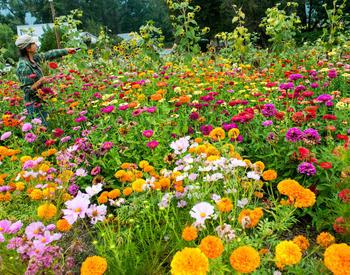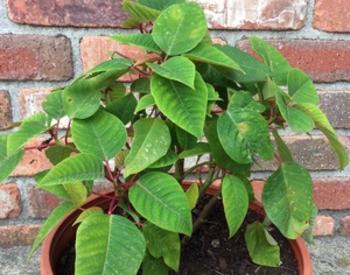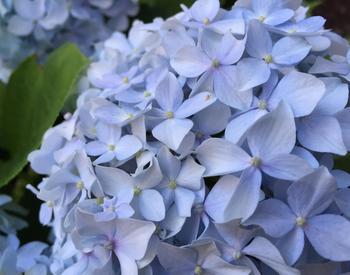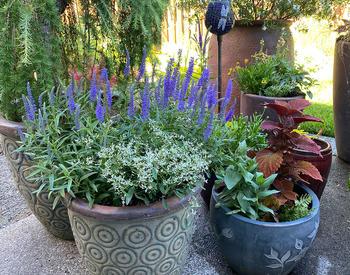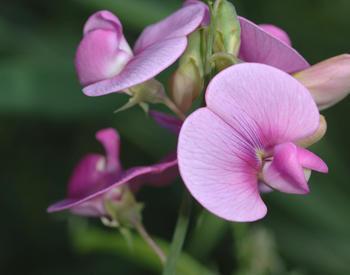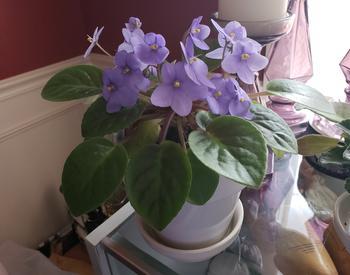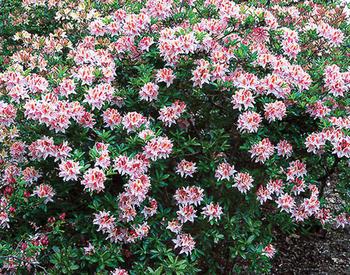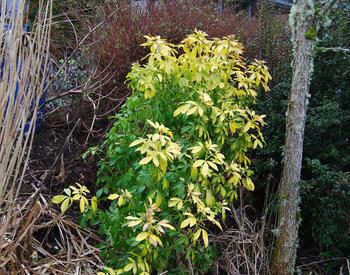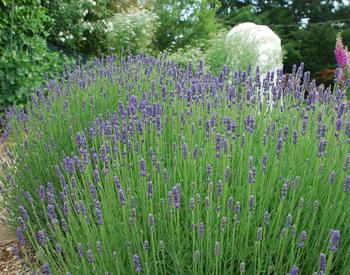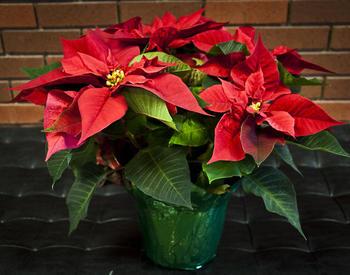CORVALLIS, Ore. – As fall approaches, consider letting some of your annuals go to seed. If the winter isn't too harsh, they may pop up next spring.
Annual plants are inherently programmed to set seed and die in one year. During the summer, you can keep them blooming and postpone seed development by deadheading and fertilizing them, said Brooke Edmunds, a horticulturist with Oregon State University's Extension Service.
But come September, let the meticulous care go. Allow the flower heads to dry and droop. The wind and birds will scatter ripe seeds.
Edmunds said good seed setters include sweet peas, sunflowers, calendula, borage, nasturtiums and annual delphiniums. Common garden and Flanders poppies, clarkia, alyssum and even petunias will come back year after year, depending on winter’s severity, she added.
Hybrids, Edmunds noted, will not come back "true to type" the following year because they do not produce uniform offspring. For most people, that isn’t really a problem. It just means instead of having a pure stand of all white alyssum, you may end up with some splashes of purple.
Herbs and greens such as lettuce are also willing self-sowers, she said. Dill and cilantro may come back every year from seed heads left to overwinter.
